How to Get the Most Out Of Your Range Hood – Ultimate Guide
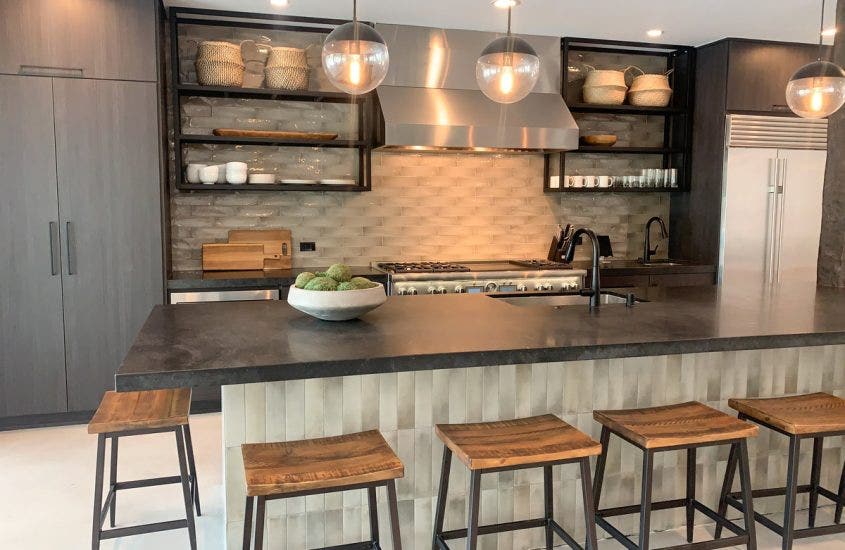
A range hood is a valuable investment for your kitchen. To get the most out of your range hood, you have to make the right choices before and after your purchase. Different hoods will work efficiently for different people, so it’s important to put some time into your research process.
Once you purchase your hood, it’s just as important to learn how to maintain it consistently so that it lasts you for years to come.
At Proline, we’ve been selling hoods for over 15 years, so we’re well aware of the ins and outs of range hoods. Doing a little research before you buy will help you avoid countless problems including:
- Purchasing a hood that is much less powerful than you need
- Ending up with a hood that is smaller than your range
- Wearing out your blower motor prematurely
- Damaging your hood by not properly maintaining it
These issues and more can be easily avoided. Just read on.
Best Kitchen Degreasers That Actually Work
Table of Contents
Before Buying Your Hood
Size
For optimal coverage of your cooktop, your range hood should be wider than your range.
Indoor range hoods should extend a total of six inches beyond the width of your range when possible and outdoor range hoods should extend between six and 12 inches beyond your range. For more information on sizing your range hood, check out our comprehensive guide.
Power
When buying a range hood, remember that you can rarely have too much power. On the contrary, it’s highly unlikely that a customer will end up with a hood that is too powerful.
Sometimes customers will buy a hood that is too weak for their cooking style, and they have to live with it. So it’s important to get the cubic feet per minute (CFM) right the first time.
If you cook often or love cooking Asian food, Indian food, or other similar cuisines, consider a range hood above 900 CFM. Otherwise, 900 CFM or below will work just fine for you.
If you’ve purchased a hood with “too much” power, simply use it on the lower speeds. This saves you some money on electricity and also prolongs the life of your hood.
Related Article
Why should you buy a commercial range hood for your home?
Ducted or Ductless?
One of the most important decisions you’ll make when buying your range hood is whether you want a ducted hood or a ductless hood. Ductless hoods are generally less expensive than ducted hoods, but also less powerful and effective. They are useful in apartments or other places you can’t run ductwork.
Ducted hoods, on the other hand, can pull quite a lot of air thanks to ductwork that runs to the outside of your home.
Related Article
Best Range Hood for Your Apartment (Best Ductless Hoods)
Blower Type and Placement
There are three types of range hood blowers: local, inline, and external. Local blowers are installed inside the range hood; this blower is closest to the kitchen so it will be the loudest. Inline blowers sit inside your ductwork. Unlike local blowers, these can be several feet away from your range hood, drastically reducing the noise level.
The final type of blower is the least popular: external. This blower is installed outside your house and the noise is barely noticeable, if at all, when your hood is running. But this is the more expensive option and you’ll also need to house your blower in a protective covering or an enclosed area to protect it from the elements.
Noise
We talked about noise a little bit in the above section, but there are a few other things to consider.
Range hood noise is measured in sones. Sone levels range between 5-7 in most range hoods at max speed. But range hoods with variable speeds can run as low as 1 sone.
The higher the CFM of your hood, the louder it will be. But it’s worth mentioning that high-CFM hoods often have larger, more efficient motors.
So running a 2000 CFM hood on its lowest speed – say, 600 CFM – will be much quieter than running a 600 CFM hood at its max speed.
If you like your kitchen to be a quiet, comfortable place, then definitely consider noise level closely. If you have guests over often, a quiet range hood may be right for you.
Related Article
What is a sone and how does it apply to range hoods?
Filters
The most efficient option for your range hood filters is stainless steel baffle filters. They capture a heavy amount of grease and dirt in baffles as the unwanted air passes through your hood and outside your home. The innovative baffle design allows for the optimal amount of grease to be captured while the most air passes through as your hood is running.
Another common type of filter is a stainless steel mesh filter. These are typically used in ductless models. They are efficient but not as reliable and durable as stainless steel baffle filters.
The final type of filter is a charcoal filter. Charcoal filters are replaceable filters that are used with ductless models; they trap the contaminants and odor before the air recirculates back into your kitchen.
Some convertible range hoods combine charcoal filters with either baffle or mesh filters so the hood can run as ductless.
Related Article
How to Clean Range Hood Filters
Other Cool Features to Consider
Automatic Fan Shut Off
Some professional quality range hoods feature automatic fan shutoff. This is a convenient feature because it allows you to keep your hood running while you’re not in the kitchen – and forget about it! Your hood will stay on for up to 15 minutes before turning off automatically to vent extra smoke and other contaminants outside the house after you are done cooking.
Type of Finish
While most range hoods today come in stainless steel, you’ll also find white and black finish available. These are the three most popular vent hood finishes.
Most of Proline’s hoods come in a 430 grade stainless steel, while some come in a more durable outdoor-rated weather-resistant 304 stainless steel. We also have some sleek matte black models which you can find here.
Related Article
Our black range hoods are here!
After Buying Your Range Hood
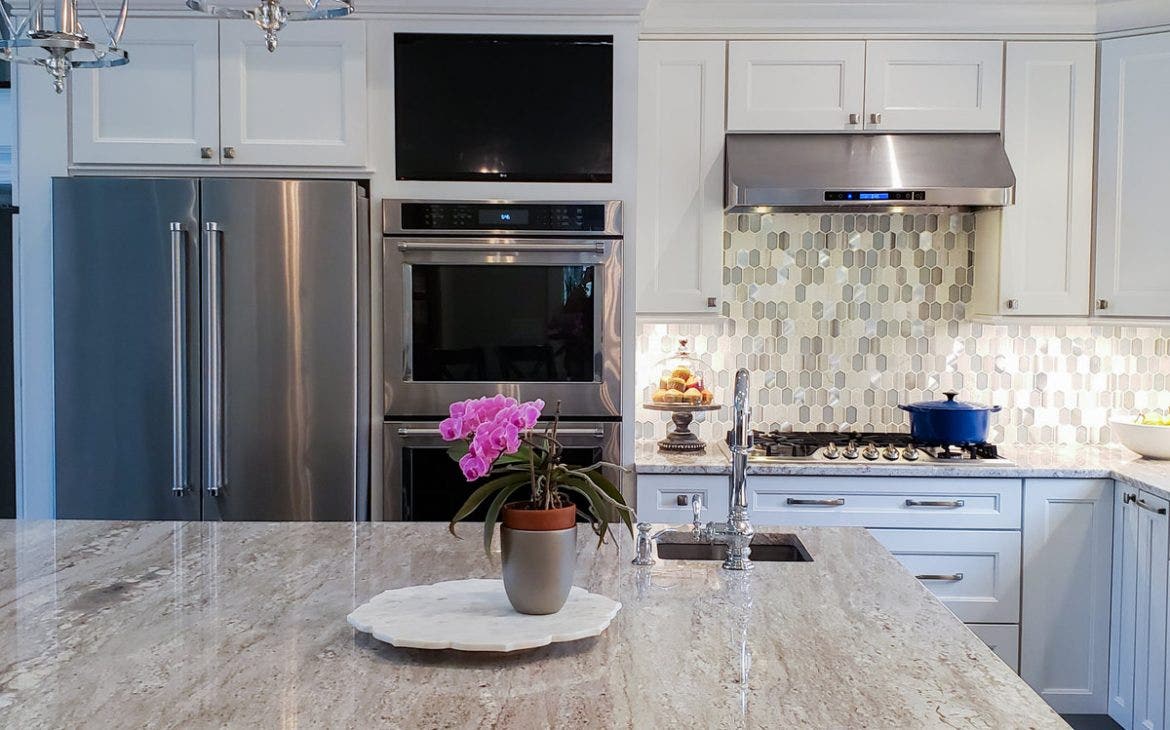
Once you buy your range hood, there are a few things to keep in mind to maximize the longevity of your new investment and fully enjoy its features.
Mounting Height
Range hood mounting height is the most important factor on this list. Mounting height refers to the distance between your cooktop and your range hood.
Mount your range hood between 28 and 36” above the cooktop. For outdoor range hoods, install the hood between 36” and 42” above your range.
If you mount your hood too close to the cooktop, this can damage it or cause a fire.
If it is too far away, unwanted contaminants will escape into your kitchen, reducing the efficiency of your hood.
Tips for Use
Invest in a kitchen degreaser to clean the inside and outside of your hood.
To clean your range hood and your kitchen surfaces, invest in a kitchen degreaser. We took our 15+ years of experience in kitchens and chose eight of the best kitchen degreasers on the market: check out our full review here.
Run your hood at lower speeds to preserve the life of the motor.
This cannot be emphasized enough. Purchase a hood that is perhaps a little more powerful than you think you need and routinely use it on lower speeds to make the motor last much longer!
In the event of a fire or other emergency in the kitchen, turn to the max speed to suck all the smoke out of your home quickly.
Keep your filters clean.
You don’t have to worry about scrubbing tough grease off of your stainless steel baffle filters. The filters on our hoods are dishwasher safe, so be sure to take advantage of this!
We have a whole section devoting to cleaning your range hood and its parts. Check it out below.
For high-heat cooking, leave your hood on for a few minutes after use.
Don’t worry if some smells still linger or smoke isn’t all evacuated after you are done cooking. Just leave your range hood on for a few minutes after you’re done in the kitchen to catch all the remaining grease and cooking exhaust.
Some of Proline’s range hoods are equipped with an automatic fan shutoff feature. You can set your range hood to turn off automatically after up to 15 minutes. This will definitely come in handy in the kitchen!
Click here to see our control panel instructions and find out if your hood has this great feature.
Cleaning and Maintenance
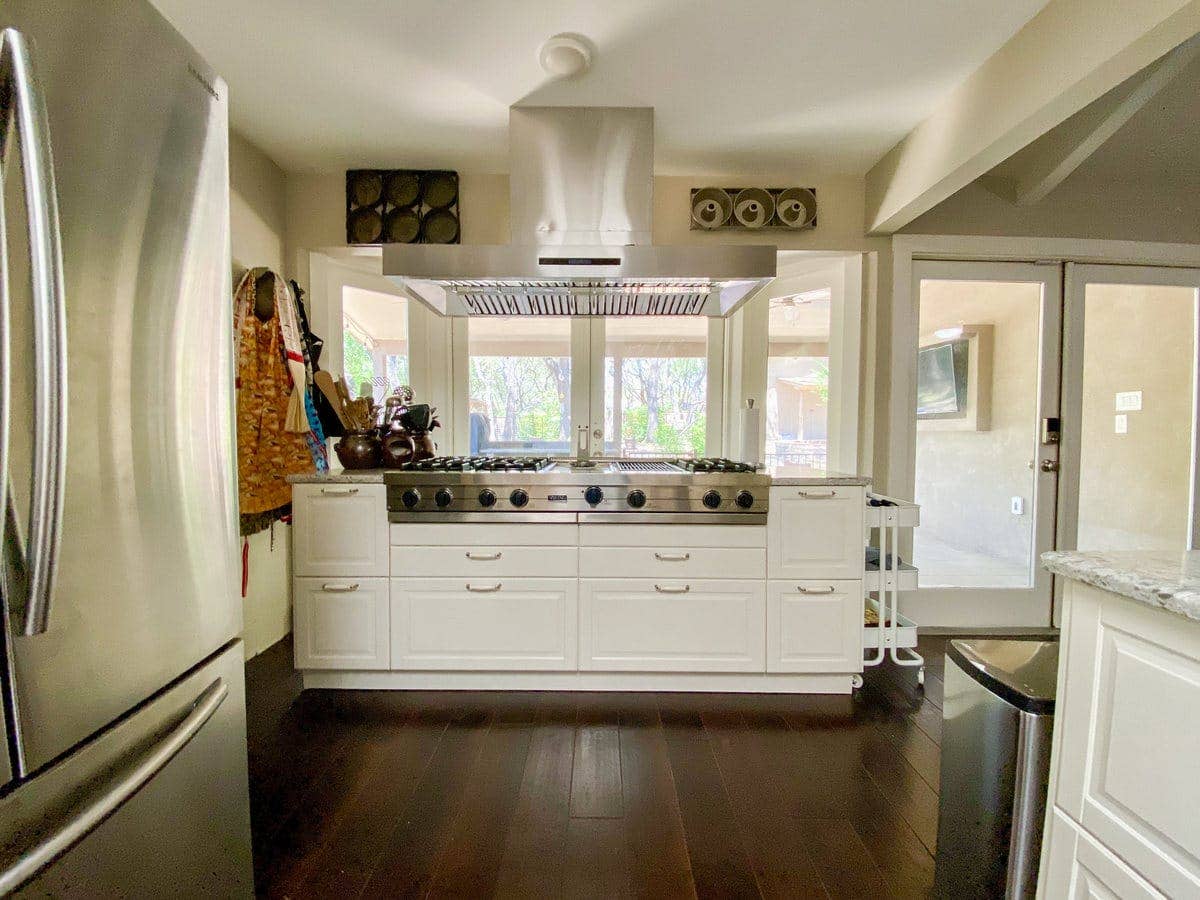
Filters
Range hood filters are the most important part of your hood to keep clean. Keep your filters clean and you won’t have to maintain your blower or clean out your ductwork. You’ll save a lot of time and effort.
Clean your filters every three to six weeks depending on your cooking style. The more often you cook and the more greasy or Asian food you cook, the more often you will need to clean your filters.
If you have replaceable filters, replace them approximately after 120 hours of cooking, or between three to six months. If you are a frequent cook, it is good to get into the habit of checking on your filters monthly.
Outside of Your Hood
Generally, if you wipe down the hood every month, it will stay in great condition. But if you do a lot of cooking for a night or if your kitchen fills up with smoke and greasy air, we’d recommend wiping down your range hood once you’re done in the kitchen.
Check out this video for some of our tips on how to clean your range hood.
Inside of Your Hood
While you’re cleaning the outside of your hood, you might as well clean the inside too. The same strategies for cleaning the outside of your hood work efficiently for the inside.
Don’t spray the inside of your hood, though. Instead, spray a cleaning solution onto a towel and wipe it down. You don’t want water to come into contact with any electrical components of the hood.
Motor/Blower
If you want to keep your hood sparkling, you can clean the blower once or twice a year. But, as long as you maintain your filters properly, you won’t need to clean your range hood blower.
The biggest sign that your motor needs cleaning will be its noise. If you notice that your motor is significantly weaker than usual – if you can tell that it is struggling to run at its full potential – it might be clogged with some grease and dirt. In this case, you can clean it in under five minutes. Check out the video below.
Range Hood Duct
Similar to the range hood blower, it’s highly likely that your range hood duct will never require cleaning. It will only require cleaning if 1) you don’t maintain your filters consistently or 2) you installed a duct that is too small.
How will you know if your duct requires cleaning? Well, you might start to notice that your range hood is running less efficiently than normal.
Sometimes, too much air is being forced through the ducting, and friction from the walls of the duct slows it down.
Or, the air might be too heavily saturated with grease, dirt, and chemicals, such that it doesn’t travel outside your home. This can happen if your filters aren’t cleaned regularly; the grease and dirt sits for a long period of time and builds up inside your hood and in your duct.
If your greasy kitchen air doesn’t make it outside, backdrafting can also occur, which means that air that moves through your ductwork moves back inside your home.
Why is my range hood automatically shutting off after 3 minutes?
Your range hood may be shutting off due to a couple of electrical issues. You might have a bad circuit board or electrical connection. Make sure that your hood is plugged in securely. Also, your motor might be wearing out. Call the manufacturer and describe the issue. They may be able to diagnose that you need a new motor and send you a replacement motor.
That concludes our section on maintaining your range hood and our ultimate guide on getting the most out of your range hood – before and after you buy!
We hope that this information has been helpful to you. If you have any questions, please call our customer support line at (877) 901-5530 to talk with a live representative. Thanks for reading!




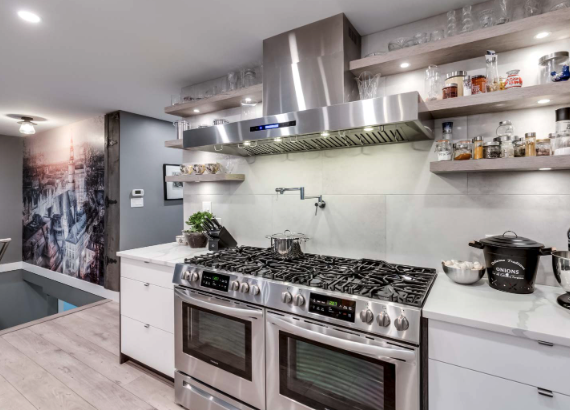
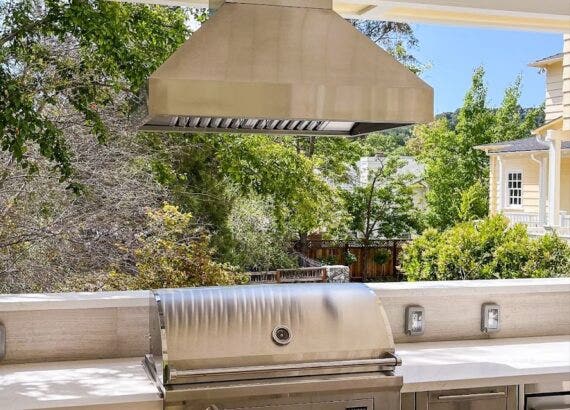
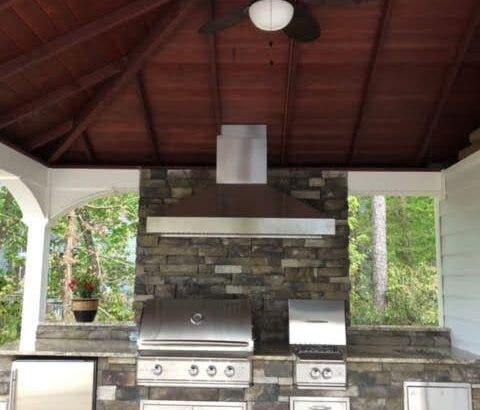
Comments are closed.